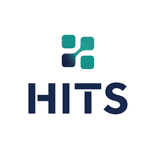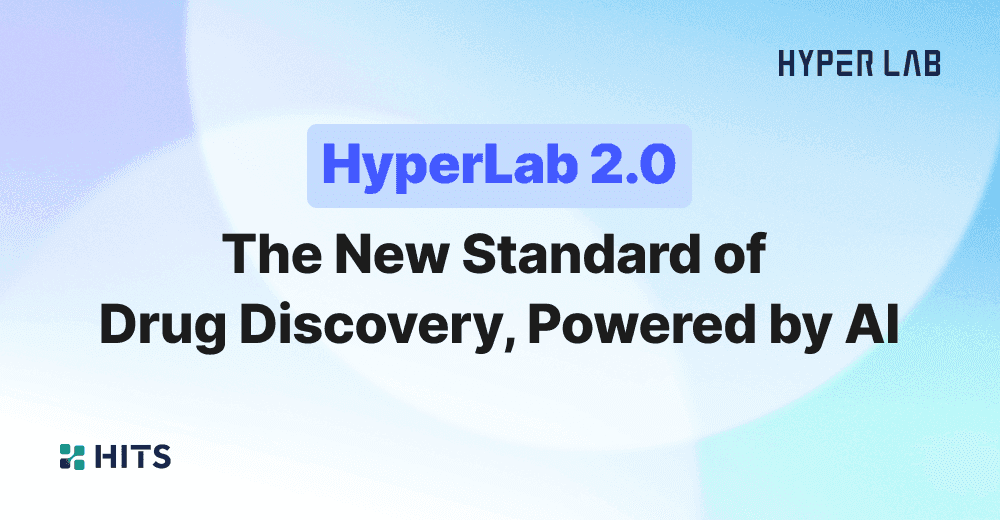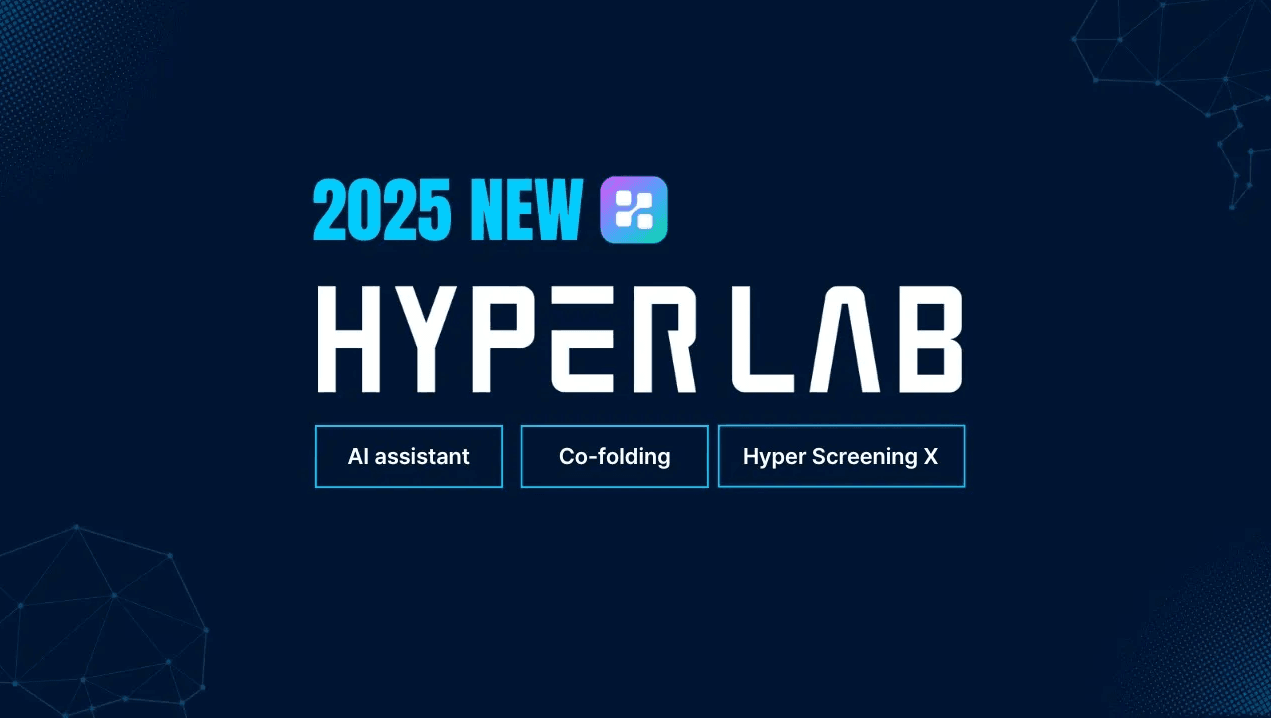

Since its first launch in August 2023, HyperLab, our AI-powered drug discovery platform, has rapidly become a go-to virtual laboratory for researchers aiming to improve experimental efficiency.
Now, on April 10, 2025, we are excited to introduce HyperLab 2.0 — a significantly upgraded version with more powerful features and an expanded workflow.
In this article, we compare HyperLab 1.0 vs. 2.0 and take a closer look at three game-changing new features that make drug discovery faster, smarter, and more scalable than ever before.
| Feature Area | HyperLab 1.0 | HyperLab 2.0 (Launched April 10, 2025) |
| Protein-ligand prediction |
High-precision binding prediction using PDB-based protein structures (Hyper Binding) |
Structure prediction without PDB files using just protein names and SMILES (Hyper Binding Co-folding) |
| Molecule screening |
Virtual screening using pre-curated libraries (up to 1 million compounds) (Hyper Screening) |
Ultra-fast screening of up to 11 trillion compounds (Hyper Screening X) |
| AI Assistant | Not available | New AI assistant supports literature review and experimental data analysis |
| Drug discovery workflow coverage | Focused on AI-driven hit identification and optimization | Full-spectrum support from target identification to lead optimization |

AI Assistant
Unlike HyperLab 1.0, which didn’t provide any LLM-based support,
Version 2.0 introduces the AI Assistant, allowing researchers to leverage AI as a true partner throughout the entire drug discovery process. It helps lighten the load by automating tedious, repetitive tasks such as:
Curious about how well this feature actually performs? Want to see examples of how researchers can use it in real drug discovery projects?
Check out the blog post: HyperLab AI Assistant, The perfect Partner for Drug Discovery.
Hyper Binding – Co-folding
While HyperLab 1.0 relied on PDB (Protein Data Bank) structures,
version 2.0 allows users to input the protein name and ligand SMILES. No need to upload a separate PDB file—AI will generate the 3D binding structure automatically.
Hyper Screening X
In HyperLab 1.0, virtual screening was limited to pre-processed libraries with up to a few million compounds.
Now, HyperLab 2.0 empowers you to screen up to 11 trillion compounds—the largest virtual molecular library in the world.
Wondering how HyperLab screens such an enormous chemical space while maintaining synthesizability? For technical insights, read: Hyper Screening X : World's Largest Molecular Library Powers the Future of Drug Development.
What began as an AI-based virtual lab in HyperLab 1.0 has now evolved into a comprehensive AI drug discovery platform in 2.0 — integrating:
HyperLab is more than a tool — it's enabling a new research culture where scientists can innovate faster and more freely. Stay tuned for what’s next as we continue evolving HyperLab to support your breakthroughs in drug discovery.